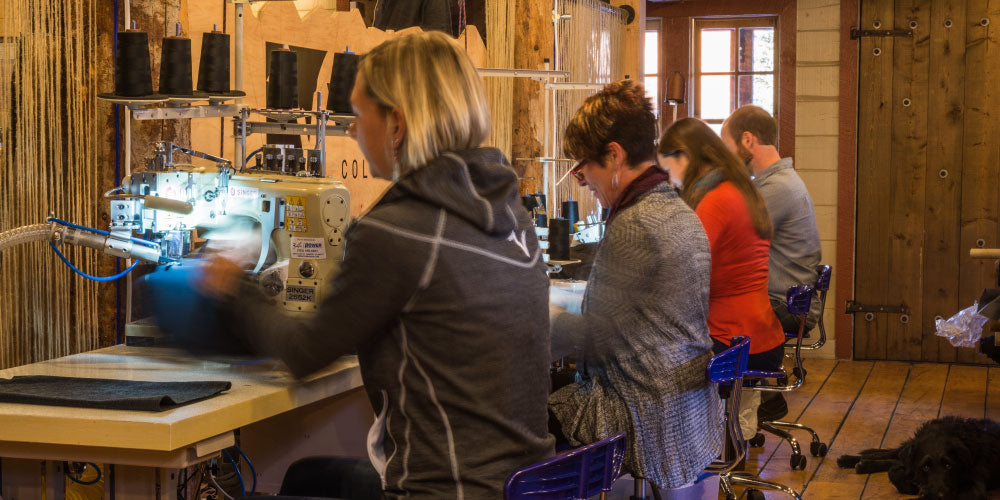In industries where heat exposure is a constant challenge, such as construction, firefighting, and manufacturing, thermal stress poses a serious threat to workplace safety and productivity. The physical strain caused by the body’s efforts to regulate temperature can lead to fatigue, decreased focus, and a higher likelihood of accidents. However, monitoring thermal stress can mitigate these risks, ensuring a safer, more efficient workplace.
The Impact of Thermal Stress on Workplace Safety
Thermal stress occurs when the body’s internal heat production surpasses its ability to dissipate heat. Prolonged exposure to high temperatures intensifies this condition, leading to both immediate and long-term risks:
1. Increased Risk of Heat-Related Illnesses
- Heat Exhaustion and Heat Stroke: Workers in hot environments are at a heightened risk of developing heat-related illnesses, which can result in severe dehydration, confusion, and even life-threatening conditions if untreated.
- Dehydration: Prolonged sweating leads to significant fluid and electrolyte loss, impairing the body’s ability to regulate temperature (Sawka et al., 2007).
2. Reduced Cognitive Function and Focus
- High heat exposure affects the brain’s ability to maintain focus and process information, increasing the likelihood of errors and accidents.
- A study in Physiology & Behavior demonstrated that heat stress reduces reaction times and decision-making accuracy, directly impacting workplace safety (Gaoua et al., 2011).
3. Physical Fatigue and Injury
- Thermal stress accelerates physical fatigue, reducing workers’ ability to perform tasks safely and efficiently.
- Fatigued workers are more likely to experience musculoskeletal injuries, especially in physically demanding roles like construction.
The Productivity Cost of Thermal Stress
Thermal stress doesn’t only affect safety - it also undermines productivity. The physiological strain caused by heat reduces output and increases downtime due to:
- Frequent Breaks: Workers need more frequent rest periods to recover from heat exposure.
- Absenteeism: Heat-related illnesses and injuries lead to missed workdays, affecting project timelines and costs.
- Turnover: Unsafe working conditions contribute to employee dissatisfaction and higher turnover rates.
The Role of Thermal Stress Monitoring in Workplace Safety
Proactively managing thermal stress is key to reducing workplace injuries and improving productivity. Real-time monitoring systems, like Mij™, provide employers with actionable insights to protect their workforce:
1. Early Detection of Thermal Strain
- Mij™ tracks skin temperatures in real time, identifying early signs of thermal stress before they escalate into heat-related issues and illnesses.
- By recognizing patterns of rising body temperatures, employers can intervene with timely cooling measures.
2. Personalized Safety Protocols
- Monitoring data allows for customized safety guidelines, such as adjusting break schedules or rotating shifts during peak heat periods.
- Tailored recommendations help workers manage their thermal load, enhancing both safety and productivity.
3. Long-Term Data Insights
- Historical data from Mij™ can reveal trends in thermal stress exposure, enabling employers to refine workplace policies and engineering controls.
- Insights into high-risk roles or tasks allow for better resource allocation and training programs.
Strategies for Managing Thermal Stress in High-Heat Industries
- Implement Regular Breaks
- Schedule cooling breaks in shaded or air-conditioned areas to help workers recover from heat exposure.
- Encourage workers to hydrate during these breaks to replenish lost fluids and electrolytes.
- Provide Training on Heat Awareness
- Educate employees on the signs and symptoms of thermal stress and heat-related illnesses.
- Ensure all workers understand the importance of hydration and proper cooling techniques.
- Optimize Work Schedules
- Adjust work hours to avoid the hottest parts of the day, typically between 10 a.m. and 4 p.m.
- Rotate teams frequently to minimize prolonged heat exposure for individual workers.
- Monitor Environmental Conditions
- Use Mij’s™ data insights to assess environmental factors, such as ambient temperature and humidity, that contribute to thermal stress.
- Incorporate this information into daily safety briefings and risk assessments.
- Provide Adequate Cooling Equipment
- Offer workers access to cooling tools, such as fans, cold towels, and ice packs.
- Ensure hydration stations are easily accessible throughout the worksite.
The Employer’s Responsibility
Employers in high-heat industries have a legal and ethical obligation to protect their workers from the dangers of thermal stress. Monitoring thermal stress with tools like Mij™ not only reduces workplace injuries but also fosters a culture of safety and well-being. By proactively addressing heat-related risks, companies can:
- Improve employee retention and satisfaction.
- Reduce downtime and healthcare costs associated with heat-related illnesses.
- Enhance overall productivity and project efficiency.
Making Workplace Safety a Priority
Thermal stress is a hidden but significant risk in high-heat industries, affecting both worker safety and productivity. By investing in thermal stress monitoring systems like Mij™ and implementing effective heat management strategies, employers can protect their workforce while optimizing performance.
In today’s competitive landscape, prioritizing safety isn’t just the right thing to do - it’s a business imperative.

